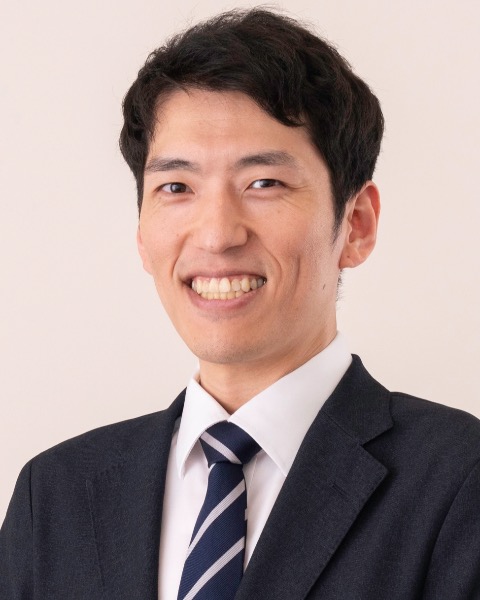Other
Direct surgery and endovascular treatment for spinal dural arteriovenous fistula: a case series
Friday, February 21, 2025
7:00 AM - 2:00 AM EST

Yosuke Nakayama, MD
Assistant professor
Department of neurosurgery / The JIKEI university school of medicine / Japan
Presenting Author(s)
Disclosure(s):
Yosuke Nakayama, MD: No financial relationships to disclose
Introduction: Spinal dural arteriovenous fistula is a rare disease presenting with progressive myelopathy and treated with direct surgery and endovascular treatment, and choice of the treatment involves clinical challenges. In this study, we review a series of spinal dural arteriovenous fistulas treated with direct surgery and endovascular treatment.
Methods: We reviewed a series of patients treated for spinal dural arteriovenous fistulas at our institutions. Demographic information, preoperative clinical symptoms, radiological features, surgical features, length of hospital stay, obliteration rates and complication rates were analyzed.
Results: In 8 patients, endovascular treatment was performed in 6 patients (75%) and direct surgery was performed in 2 patients (25%) as initial treatment. The complete obliteration rate for initial treatment was 66.7% in patients with endovascular treatment and 100% with direct surgery. Re-treatment were performed in 2 cases (25%) overall, 33.3% in endovascular treatment group and 0% in direct surgery group. No treatment-related complications were observed.
Conclusion : Spinal dural arteriovenous fistulas are treated by direct surgery and endovascular treatment. High occlusion rates are performed by direct surgery. Endovascular treatment may be acceptable as an initial treatment due to less invasiveness and low complication rate.

.jpg)